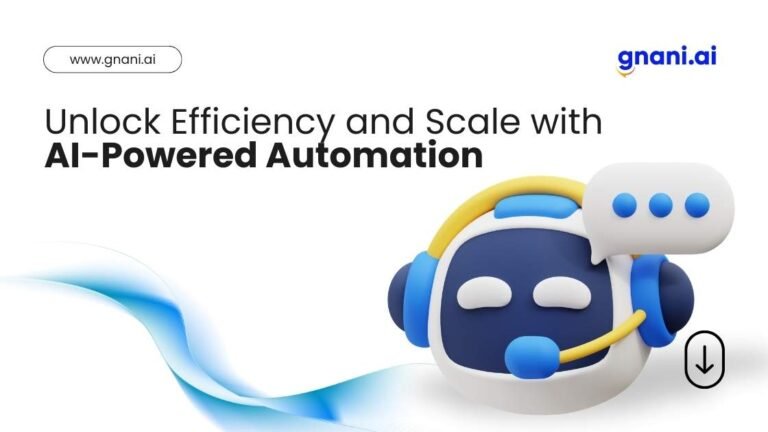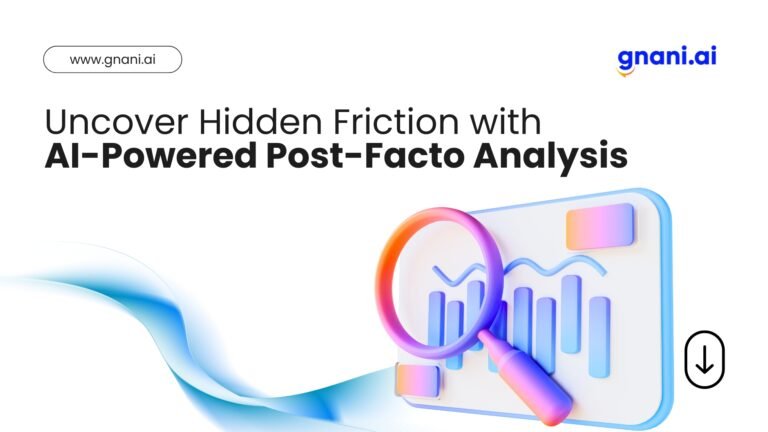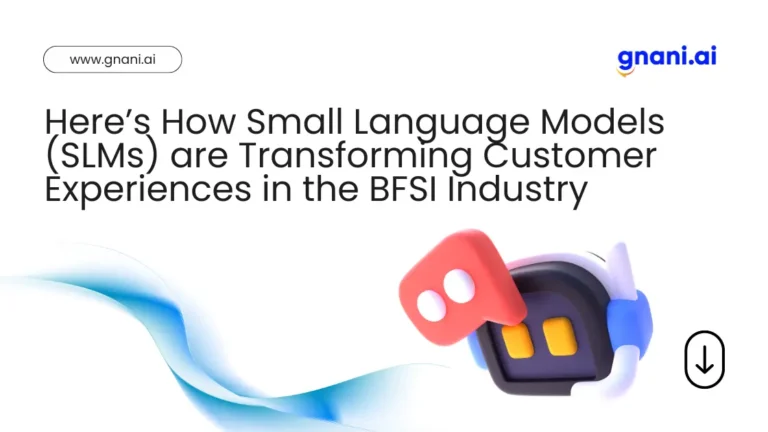In the ever-evolving landscape of the insurance industry, staying ahead of the curve is paramount. Customer experience (CX) has emerged as a critical differentiator, and insurance firms are increasingly turning to generative artificial intelligence (AI) to revamp their CX strategies.
A generative AI-powered, unified CX platform like the one Gnani.ai offers can be game-changing for insurance firms. This blog details all the advantages of having such a CX platform.
Personalization Like No Other
The first and foremost advantage that generative AI brings to the table is unparalleled personalization. Insurance policies are not one-size-fits-all, and clients are well aware of this fact.
Gnani.ai’s analytics tool, Aura365, analyzes huge quantities of customer interactions to extract the true voice of customers (VoC). This granular analysis empowers insurance companies to tailor their offerings with an astonishing level of precision.
Efficient Claims Processing
Claims processing has historically been a bottleneck for insurance companies. Lengthy paperwork, manual verification processes, and a myriad of back-and-forth communications with customers have often resulted in delayed settlements and frustrated policyholders. Gnani.ai’s generative AI-powered chatbots can make claims processing significantly easier by aiding clear communication between insurance firms and policy holders. Bots help customers by providing information accurate information about the steps involved in the claims processing procedure and clearing doubts about all the documents required to process claims.
Real-time agent assistance tools like Gnani.ai’s Assist365 help agents process claims faster by giving them access to AI-generated checklists and workflows. This ensures that the process is faster and smoother. Real-time agent assistance tools can also scrape knowledgebases to provide agents with relevant and accurate information to handle customer queries. AI-powered tools make the overall claims process faster.
Enhanced Customer Engagement
Customer engagement is a cornerstone of success in the insurance industry. Gnani.ai’s generative AI-powered chatbots and virtual assistants are available 24/7, providing customers with instant responses to their queries and concerns. These AI-driven interactions are not only efficient but also highly personalized.
Moreover, generative AI can analyze customer sentiment through text and voice analysis. It can identify when a customer might be dissatisfied or experiencing a problem, allowing insurers to proactively reach out and resolve issues before they escalate. This proactive approach not only prevents churn but can also turn disgruntled customers into loyal advocates.
Conclusion
In a fiercely competitive insurance landscape, the adoption of generative AI-powered CX is not just an option; it’s a strategic imperative. The benefits are abundantly clear.
Insurance firms that embrace generative AI gain a significant edge in attracting and retaining customers and improving operational efficiency. As the industry continues to evolve, those who harness the power of AI-driven CX will undoubtedly lead the way, setting new standards for excellence in insurance services.
Click here to check out Gnani.ai’s unified CX platform.



